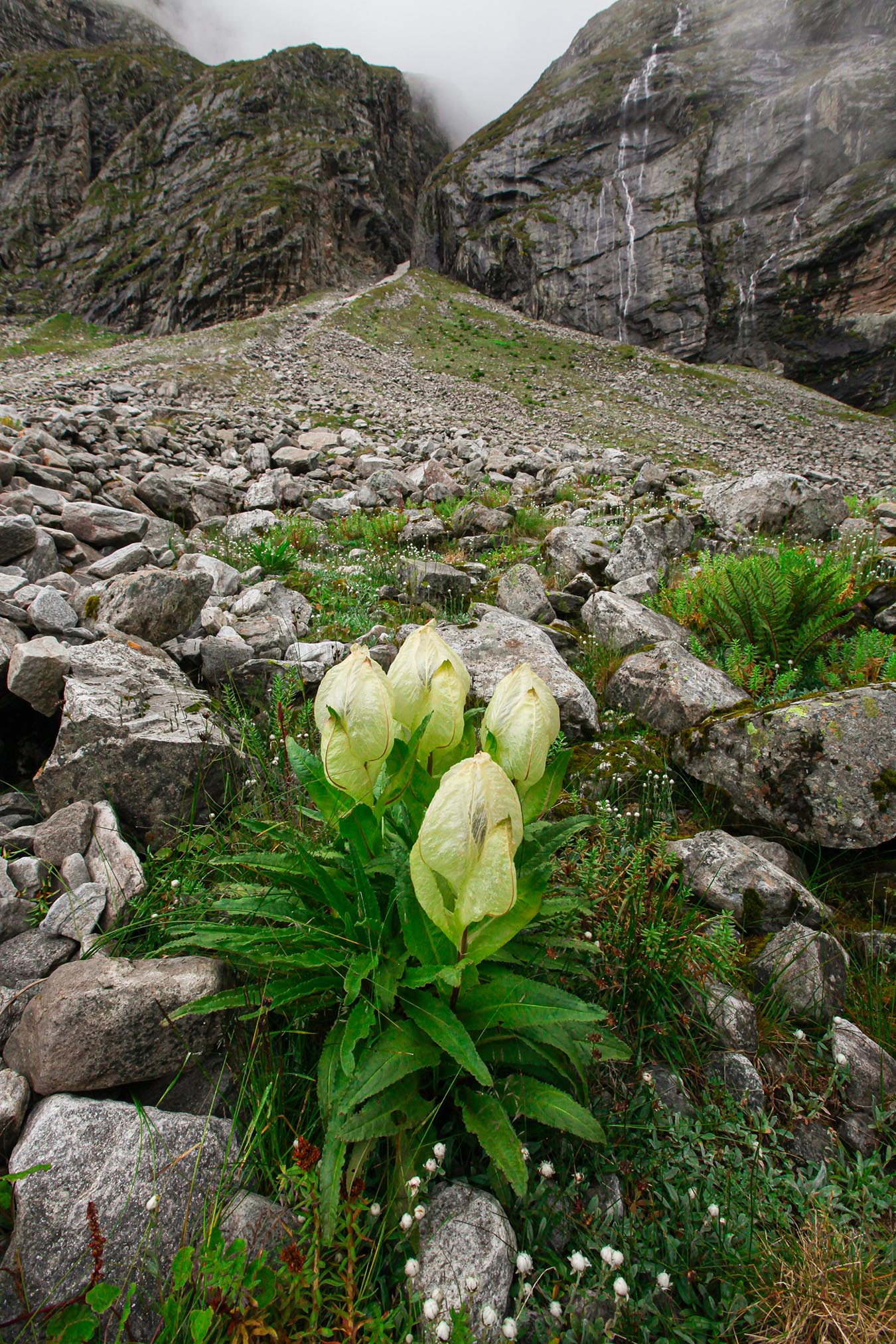
Expedition Photography
Introduction to Expedition Photography
1 Overview of what is expedition photography and Its importance and applications including the course goals, and outline.
2. Understanding the Equipment Camera Gear Types of cameras (DSLR, mirrorless, etc.), lenses (wide-angle, telephoto), and other essential gear (tripods, filters). Maintenance: How to care for and maintain equipment in harsh conditions. Packing Tips How to pack efficiently for an expedition, including how to protect gear.
3. Technical Skills Camera Settings: Exposure, aperture, shutter speed, ISO, and how to use them in various conditions. Focus Techniques: Manual vs. Autofocus, depth of field, and how to achieve sharp images. Lighting: Working with natural light, low-light conditions, and the golden hour.
4. Composition and Techniques Framing and Composition: Rule of thirds, leading lines, and other compositional techniques. Dynamic Shots Capturing movement and action (e.g., wildlife, fast-moving scenes). Perspective and Angles: Using different angles to add depth and interest.
5. Field Techniques and Practical Tips Preparation Planning for an expedition, including scouting locations and understanding weather conditions. Safety Safety considerations in remote or extreme environments, including personal safety and gear safety Ethics Respect for wildlife and natural environments, including guidelines for ethical photography.
6. Post-Processing Editing Software: Introduction to software like Adobe Lightroom, Photoshop, or alternatives. Basic Edits: Cropping, adjusting exposure, color correction, and sharpening. Advanced Techniques: Noise reduction, HDR, stitching for panoramas, and creative effects.
7. Case Studies and Inspiration Photographer Spotlights Study the work of renowned expedition photographers and their techniques. Real-World Examples: Analyze successful expedition photo projects or notable images.
8. Hands-On Practice Assignments: Practical assignments such as shooting in different conditions or specific themes (e.g., wildlife, landscapes). Field Trips: Organize field excursions or virtual field experiences to apply skills in real-world settings. Photo Critiques: Regular review sessions where students receive feedback on their work.
9. Feedback and Evaluation Assessments: Regular quizzes or assignments to gauge understanding and progress. Instructor Feedback: Provide constructive feedback on assignments and projects. Student Reflections: Encourage students to reflect on their learning and progress.
Including these elements will help ensure that your Expedition Photography course is well-rounded, engaging, and valuable to your students.

Course Module
- Overview
- Understanding the Equipment Camera Gear
- Technical Skills Camera Settings
- Framing and Composition
- Field Techniques
- Post-Processing Editing Software
- Case Studies
- Hands-On Practice Assignments
- Feedback and Evaluation Assessments

